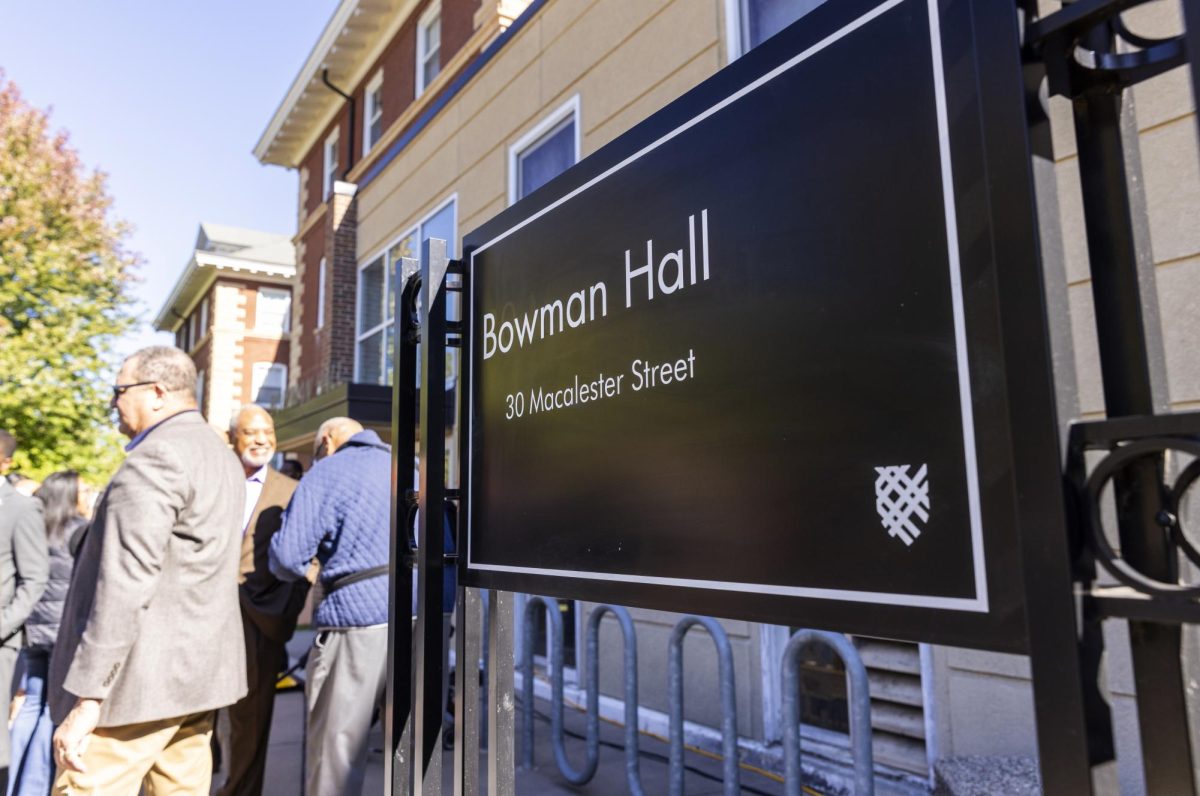This is only a small section of a story about the collision of baseball and race in St. Louis.
The current dress code of Ballpark Village states the following:
“The following is not permitted under our dress code after 9 P.M.: sleeveless shirts on men, profanity on clothing, exposed undergarments on men, sweat pants, full sweat suits, excessively long shirts (when standing upright with arms at your side, the bottom of your shirt can not extend below the tip of your fingers), jerseys (sleeved jerseys are permitted in conjunction with a Cardinals game or any other major St. Louis sporting event), athletic shorts and excessively sagging pants or shorts bandanas.”
Nearly all parts of their dress code are targeted at men, and the rules seem drawn straight from someone’s stereotype of a young black man. The fact that these seemingly racist rules and Michael’s Brown’s death all existed in the same city wasn’t lost on me. Come to think of it, I saw only one black man in a sea of hundreds, maybe thousands of people at Ballpark Village, and he wasn’t even there for baseball; he was wearing a Dallas Cowboys jersey. They were playing on a television screen larger than Bateman Plaza.
The exacting standards on men at the Village didn’t seem to apply to the white women working there. All of them were essentially wearing bras, showing off their flat abs and big chests. Their pants had the butt cut out to reveal their skimpy underwear. It felt like the largest Hooters on the planet. After five minutes of being in this foreign land, Mark turned to me.
“I feel very uncomfortable right now,” he said. “This is a very different type of place, Chuck.” He was right.
Some people are surprised that Ferguson happened where it did. Ballpark Village represents the turmoil in Ferguson, but on a less overt, violent scale. Opportunities are available for a select section of the population. Some people can dress how they want to, some people are consistently protected by the police while others are not. Differential treatment of races and genders flowed through the place like the Mississippi River. What’s just as infuriating is that citizens of St. Louis, many of whom are deterred by the dress code and ridiculously high costs, have paid millions of dollars in taxes to fund bars and a parking lot for the Village.
St. Louis epitomizes the American white flight that occurred in the ’50s and ’60s. The city’s current population is hovering around 315,000 people (half of whom are black), but St. Louis County metro area has nearly 1 million. The suburban population is absolutely gargantuan and 75 percent white. Just from looking at basic demographic information of the city, it becomes clear how simple geography and history can show racial tension. But St. Louis is not special. There are cities just like it, and I should know: I live in one.
To read more of this story, visit sparktmw.com






Sonia Watson • Sep 11, 2019 at 7:50 pm
Peculiar article, just what I wanted to find.
Gabrielle Gibson • Sep 10, 2019 at 1:43 pm
glad to be one of the visitants on this awing website : D.
Warren Hill • Sep 8, 2019 at 5:59 am
One important thing is that when you are searching for a student loan you may find that you’ll want a cosigner. There are many cases where this is true because you might find that you do not employ a past credit rating so the bank will require that you’ve got someone cosign the money for you. Thanks for your post.